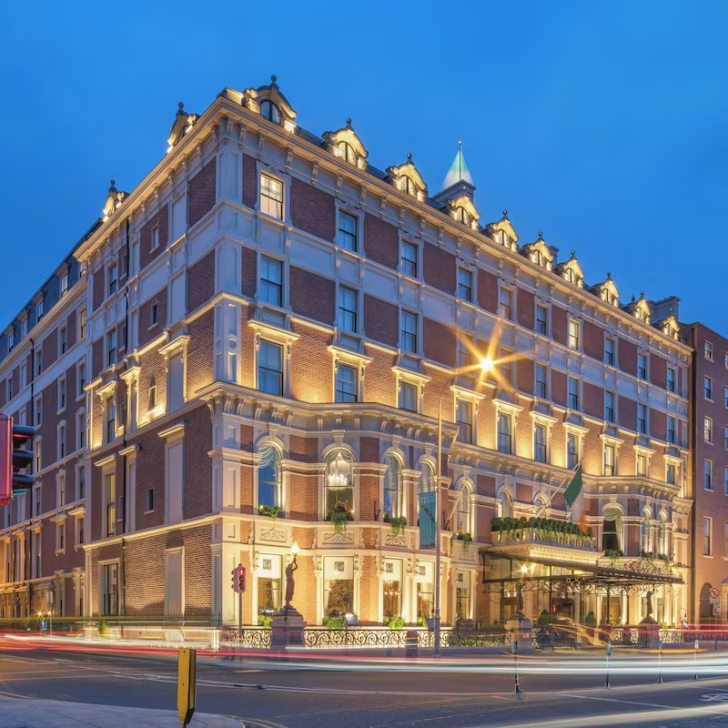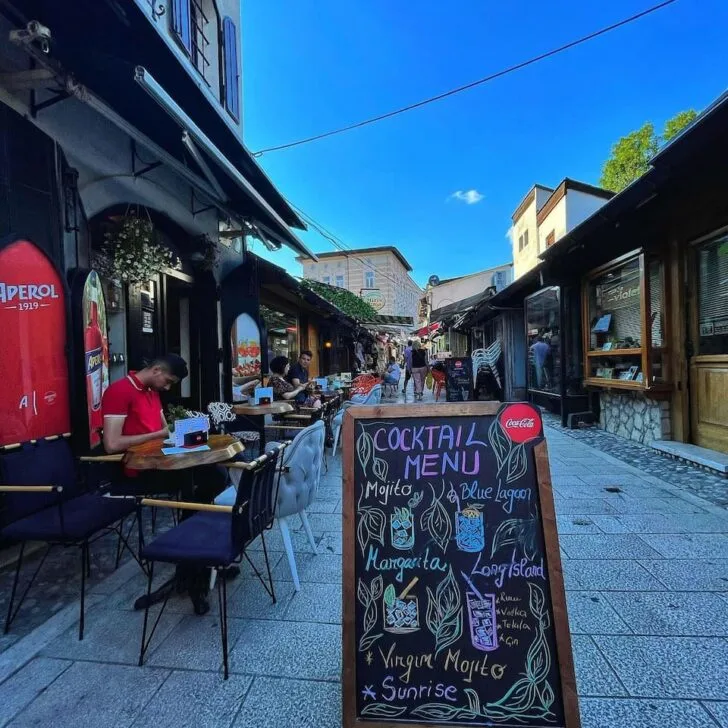We may receive a commission if you make purchases through affiliate links (at no extra cost to you). Read why our approach to travel is different.
Long before international politics played the role it does today, cultural regions were created by religion. Whilst we now consider Europe to be defined by a political union (albeit with a few notable outliers), the first concept of Europe had its roots in Christianity. Indeed, in the 9th century, Europe was considered to be united by the practice of Western Christianity.
Those countries which practised Eastern Christianity, where the Eastern Orthodox Church was (and in many cases, is) followed were not a part of this early Europe. When the Eastern Orthodox and Catholic churches split in 1054, their respective national followers formed strong cultural bonds. It is in this that the east-west divide in Europe has its origins.

As you follow our 10-day Eastern Europe itinerary through 7 countries from Poland’s Baltic coast to Montenegro on the Adriatic, you’ll notice many differences. Laws, languages and customs will change with every border crossed. But as you go, you will also see many similarities. The culmination of centuries of a shared cultural heritage is evident at every turn.
Skip to...
Where is Eastern Europe?
Whilst this may seem like a strange question, Eastern Europe isn’t a fixed geographical area. What’s classed as Eastern Europe is pretty ambiguous. It’s generally accepted that, in the north, the region’s eastern extreme is the Ural Mountains which separate Europe from Asia. By this logic, a large expanse of eastern Russia is part of Eastern Europe. Geographically, this is accurate; politically, it couldn’t be less so.
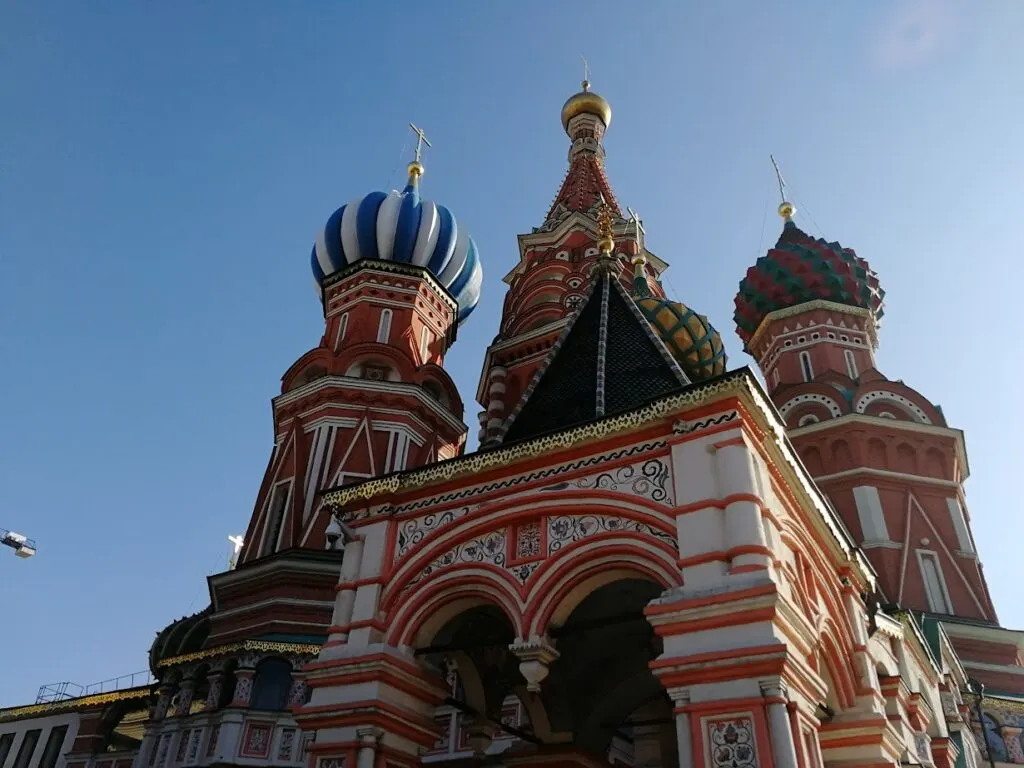
To the south, the Black Sea is often considered the edge of Eastern Europe. This again isn’t truly accurate as the Caucasus region (Armenia, Azerbaijan and Georgia) is technically the eastern extreme of Europe.
Denoting the western border of Eastern Europe is trickier still. Again, in the north, it’s fairly clear cut. Poland, the Czech Republic, Slovakia and Hungary are all considered Eastern Europe. Cross the border to Germany or Austria, and you’re in Western Europe.
In the south, though, it’s very much open to interpretation. Some say Slovenia is in Eastern Europe, yet claim the Balkan countries are not. Others dub the border to be much further east, suggesting that even Romania is too far west to fit the definition.

Now, more than ever, what should be a simple answer is complex and delicate. For the purpose of our Eastern Europe itinerary, we’ll be considering the Russian border to be the eastern extreme and the metaphorical Iron Curtain as it’s western extreme.
Getting Around on an Eastern Europe Itinerary
The easiest way to get around on this Eastern Europe itinerary is to drive yourself. If you’re renting a car, search for an agency who allow one way hires (many of the larger, multinational ones do) and notify them of the countries you intend to pass through at the time of booking.
Driving laws vary from country to country, so check the requirements before crossing every border. Some will likely require you to have an International Driving Permit (IDP). You must obtain these before leaving your home country.
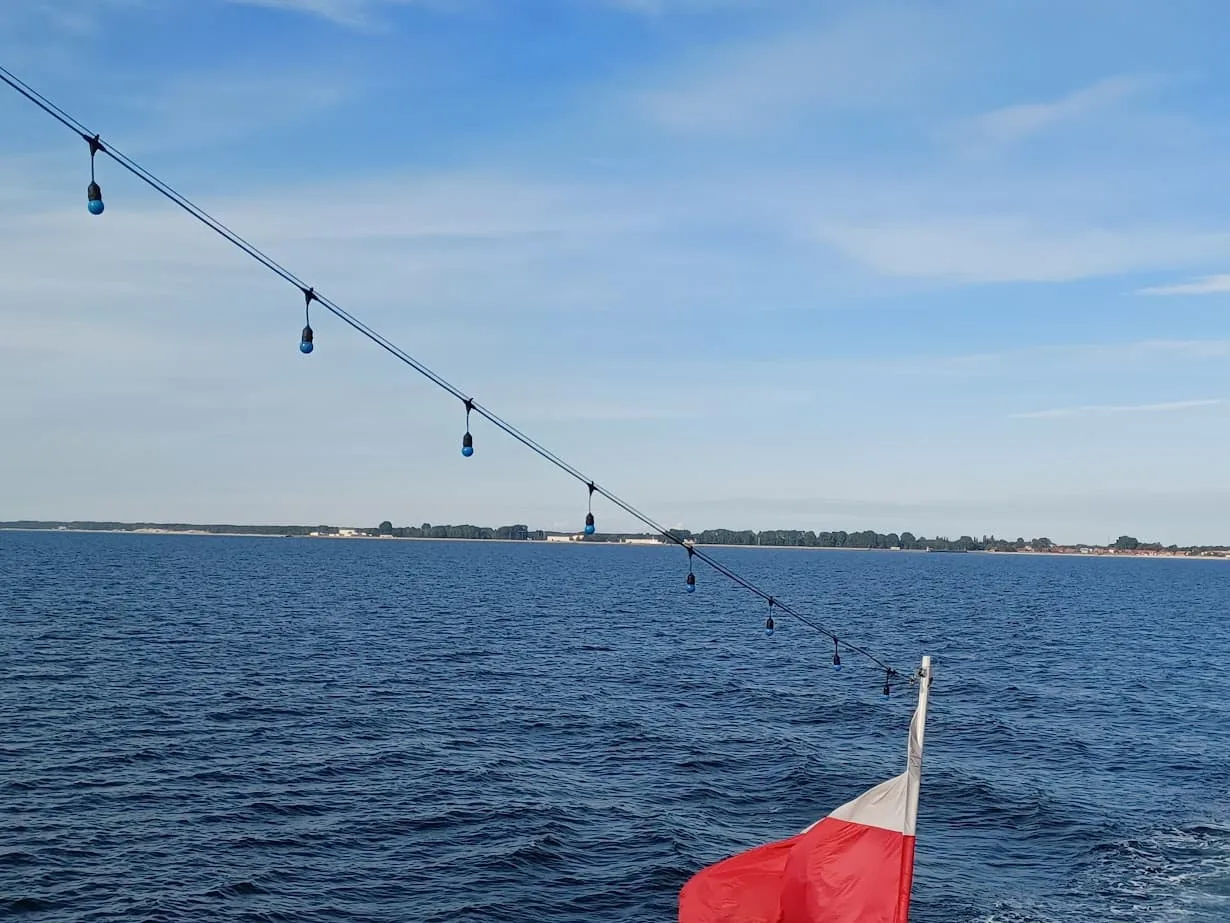
It is possible to undertake this Eastern Europe itinerary using public transport alone. For the northern stages of the journey, high-speed trains make for a quick, comfortable journey. Further south, you’ll be relying heavily on slower, less frequent intercity buses which may leave you with less time to explore. That’s not necessarily a bad thing. There are far more memories to be made on journeys shared with strangers than alone in a rental car.
Travel tip: If you thrive on city life and prefer to skip the small town stops it’s worth considering flying between the start and end points of the longer days on our Eastern Europe itinerary. Eastern Europe is a hotbed for low cost airlines, so taking a plane can often be just as cost effective as traveling overland.
The Ultimate Eastern Europe Itinerary
Day 1: Gdansk to Warsaw
Our Eastern Europe itinerary begins in my favorite Polish city. Sitting on the Baltic Sea, the former Hanseatic League city of Gdansk has long been one of Poland’s most important seaports. Still a hub for shipbuilding, Gdansk’s main draw is its historic old town.
If you’re able to start your Eastern Europe itinerary a day early, you won’t regret it. Take a history-themed walking tour, visit the National Maritime Museum and cruise across the harbor to Westerplatte.

Leaving Gdansk to start this epic voyage across Eastern Europe, head inland to Malbork Castle. Now a UNESCO World Heritage Site, the castle was established by Knights of the Teutonic Order in the 13th century.
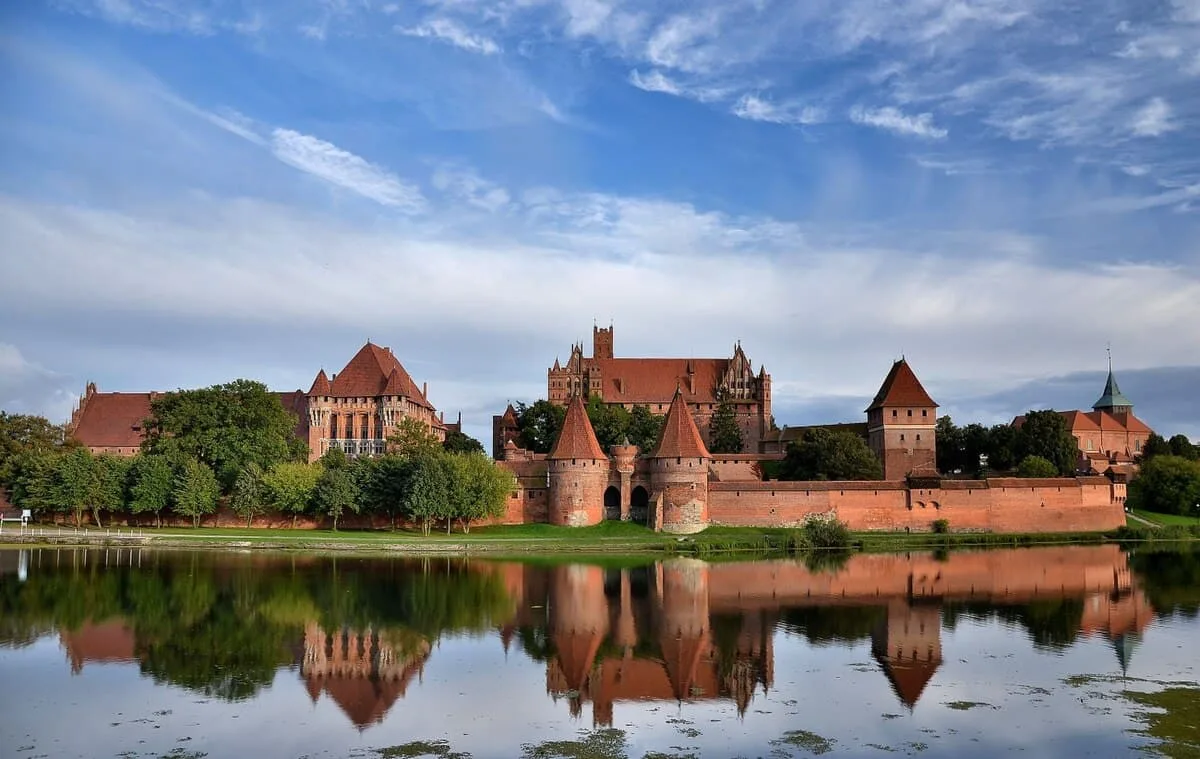
Make a late lunch stop in Torun, famous as the birthplace of Nicolaus Copernicus. Rustic Karczma Gesia Szyja is the place to go for traditional Polish delights. Don’t leave without taking a walking tour of the 8th century old town. This option includes a visit to the Living Museum of Gingerbread, Torun’s most famous export.
This evening, make tracks for Warsaw, Poland’s buzzing capital in time to catch a candlelight Chopin concert.
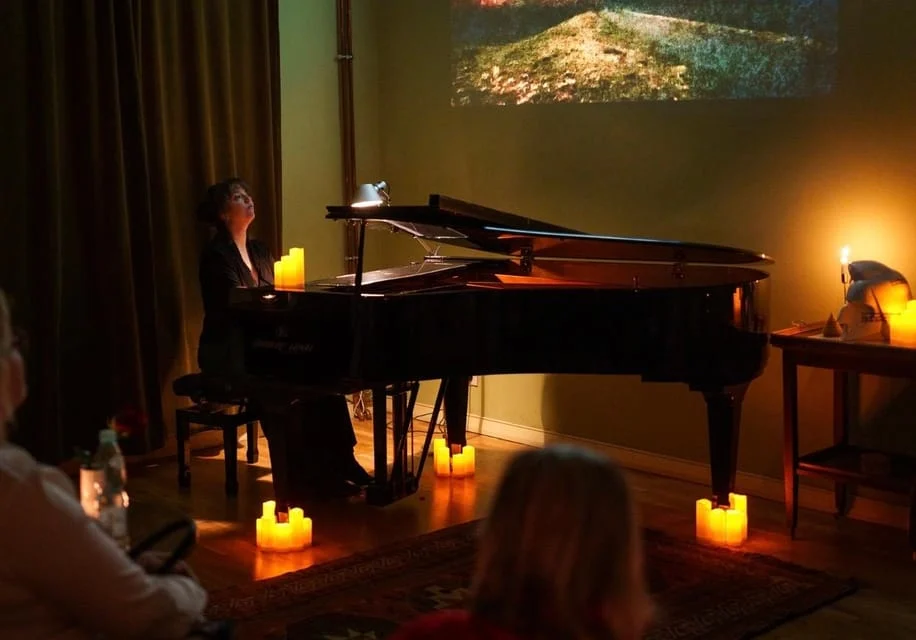
Our Ultimate 7 Day Poland Itinerary has everything you need to plan the perfect Poland trip. Be sure to check it out and discover our pick of the best hotels, restaurants and things to do.
Day 2: Warsaw to Krakow
One night in Warsaw is never enough, but our fast-paced Eastern Europe itinerary serves to cover as much as the region as possible, leaving you with a long list of cities to revisit. To make the most of your morning in Warsaw, take a ride on a Hop On, Hop Off bus tour.

Before you leave, take a walking tour of Warsaw’s Jewish history. Your guided walk through Warsaw Ghetto will lead you past the most significant Jewish sites in the city as you learn about Warsaw’s flourishing Jewish population before the travesties of World War Two. If time allows, pay a visit to POLIN Museum of the History of Polish Jews before journeying further south.
This afternoon, our Eastern Europe itinerary takes you to another Polish highlight: Krakow. Along the way, make a stop at Radom Countryside Museum to experience life in the rural Poland of centuries past.
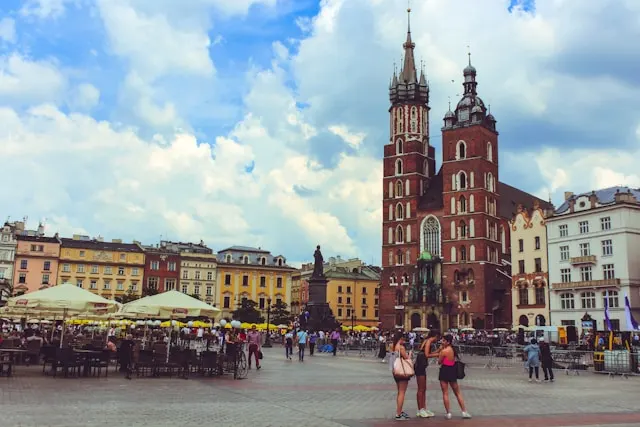
Spend the evening strolling through the old town of Poland’s former capital (Warsaw took over the title from Krakow in 1611). Morskie Oko comes highly recommended for your second authentic Polish dinner of our Eastern Europe itinerary.
Once night falls, take a moonlit walking tour to discover the dark side of Krakow, watch the old town lights twinkling aboard a Vistula river cruise or let your hair down and enjoy Krakow’s vibrant nightlife scene.
Day 3: Krakow to Poprad
Begin your final morning in Poland with a guided tour of Rynek Underground Museum. A recent addition, yet already one of Krakow’s most celebrated museums, Rynek takes you on a subterranean journey through the city’s long history.
Leaving Krakow behind, explore the wonders of Wieliczka Salt Mine. This captivating UNESCO-listed site extends some 135 meters below ground. If you’re tackling our Eastern Europe itinerary by public transport, it’s easiest to take a guided tour from Krakow to Wieliczka.
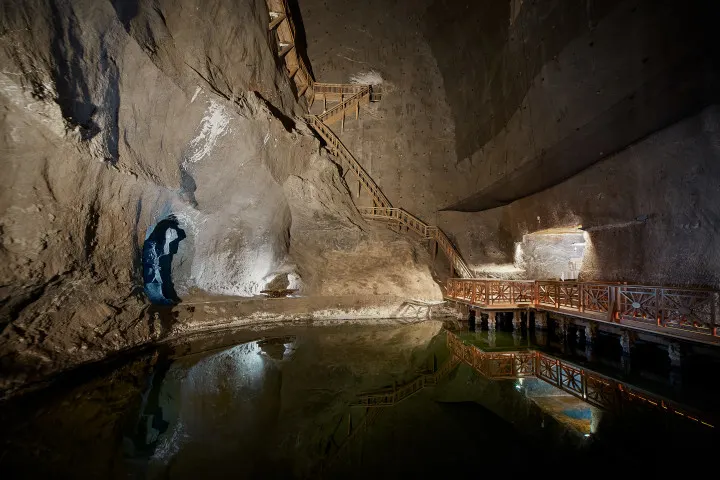
Traveling through the stunning Tatra Mountains, this afternoon sees us crossing into the second country on our Eastern Europe itinerary. After several stops to admire the views, you’ll reach the Slovakian border.
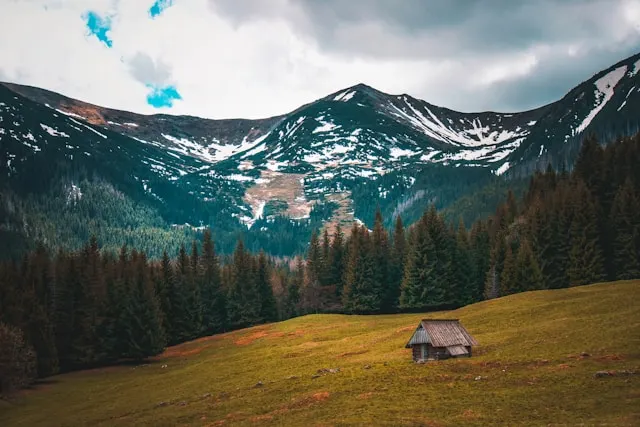
The charming city of Poprad in the Tatra foothills is our base for the night. Book a room at Hotel Satel and sample traditional Slovakian fayre at Restaurant Marco. For the ultimate dinner in Slovakia, go for the national dish: Bryndzove Halusky- potato dumplings topped with cheese and bacon.

Day 4: Poprad to Budapest
This morning, learn a little about the region at the Museum Below the Tatras and admire quirky modern art at Tatra Gallery, housed in a former steam power station. Leaving Poprad, Day 4 of our Eastern Europe itinerary traverses the length of Slovakia to cross yet another border.
Skirting the Low Tatras, make a stop in the small town of Rimavska Sobota to visit the Gemersko-malohontske Museum. Opened in 1882, the museum showcases local art and antiques along with a impressive archaeology collection. Grab a quick pan-Asian lunch at Thien Ha Quan before making a break for the Hungarian border.
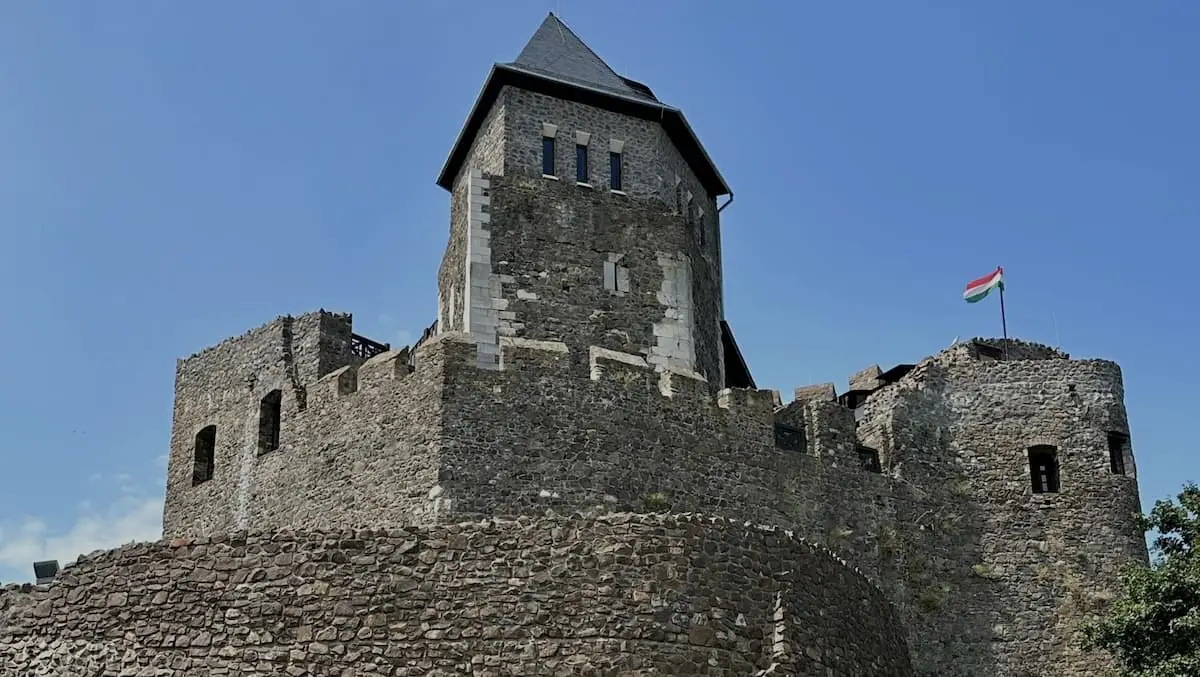
The first stop in Hungary on our Eastern Europe itinerary is Holloko, a UNESCO World Heritage Site. This ancient village is centered around its 13th century castle, built in the aftermath of a Mongol invasion.
Aim to roll into Budapest by early evening to check in to your hotel before taking an evening cruise on the Danube.
Day 5: Budapest
Hungary’s capital and largest settlement, Budapest is a tale of two cities. Separated by the mighty Danube, Buda and Pest (along with Obuda and Margaret Island) united to form Budapest in 1873. Buda is on the east bank, Pest on the west.
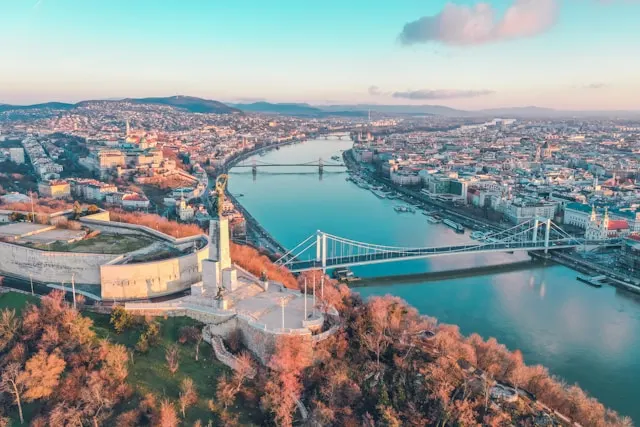
With a full day of this Eastern Europe itinerary free to explore, you’ll be able to see both faces of Budapest. Climb aboard an open top bus tour to get your bearings. Jump off at Buda Castle to take a guided tour of the Castle District before heading underground to tour the labyrinth of caves beneath the castle.
Crossing to Pest, visit the Hungarian National Museum to get to grips with centuries of history. Pay your respects at the moving Holocaust Memorial Center, housed in a 1920s former synagogue. Round off your day at Vajdahunyad Castle.
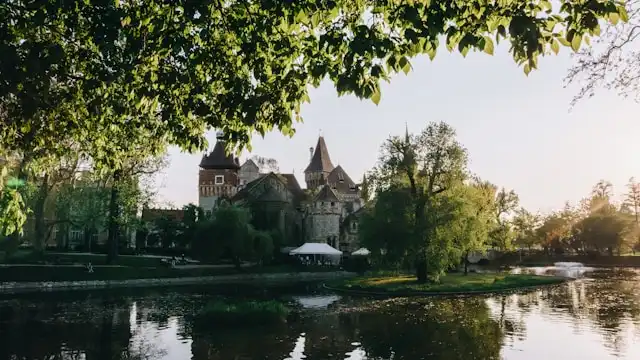
Day 6: Budapest to Timisoara
Bidding farewell to Budapest, another day on our Eastern Europe itinerary means another country waiting to be ticked off your bucket list. Head south towards the Romanian border pausing in riverside Szeged for lunch at Napfeny Muterem.
Before arriving in Timisoara, stop off at Banat Village Museum which showcases traditional Romanian village life. Once you’re in the city, join a walking tour to get an overview of Timisoara’s history. For a more in depth look, take this Grand Communism tour to learn about life under a communist dictatorship.
Leave time to explore the National Museum of Banat and the Metropolitan Cathedral. Take a stroll past the grand Bruck House before stopping for dinner at PASO.
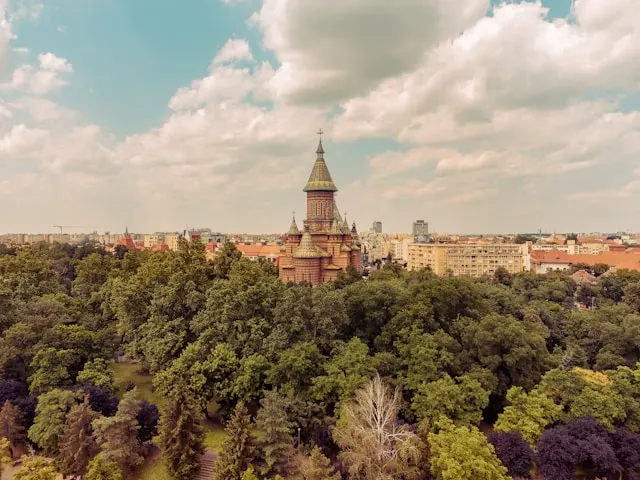
Day 7: Timisoara to Belgrade
Start your morning in Romania with a street food tour to get to grips with the local cuisine. You’ll see how Romanian cuisine has been influenced by the neighbors we’ve passed through on our Eastern Europe itinerary, as well sampling corvig, which was inspired by Turkish simits.
Heading out of town, today’s journey pushes south skirting Semenic – Cheile Carasuli National Park. Once you’ve crossed the border into Serbia, make a stop in Vrsac to visit the Pharmacy on Stairs. Exactly as it was in the 18th century, this niche museum tells the stories of Serbia’s very first pharmacists.
Before bringing the seventh day of your Eastern Europe itinerary to a close in Belgrade, stop off at National Museum Pancevo.
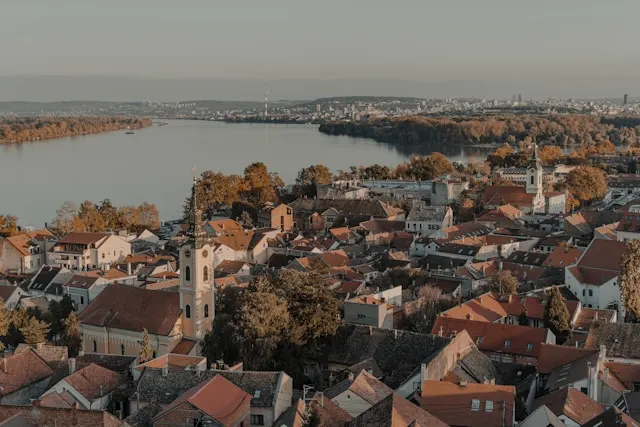
This evening, set out on a sunset kayak tour around Great War Island. Dine at one of Belgrade’s best restaurants (NOTE: link to Best Restaurants in Belgrade), Comunale overlooking the confluence of the Danube and Sava rivers before unwinding at one of the old town’s many pubs.
Day 8: Belgrade to Sarajevo
Spend the morning discovering more of Serbia’s intriguing capital. Belgrade is one of the longest-inhabited cities in Europe. Serbia, on the other hand, is one of its youngest countries, having gained independence in 2006.
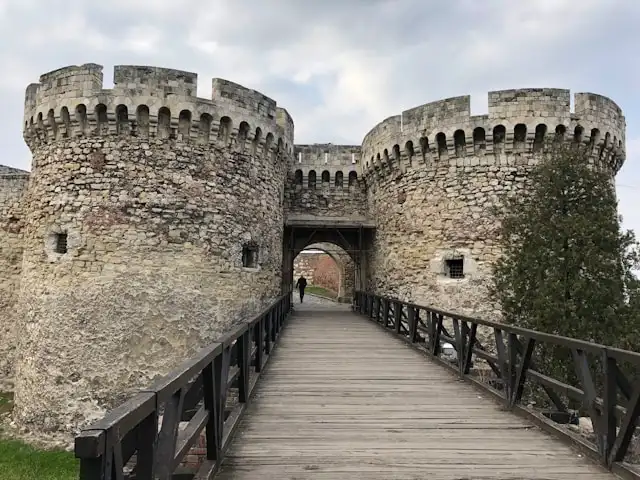
Take a Serbian history-based walking tour around the old town and Kalemegdan Park before indulging in local delicacies on a food and drink tasting tour.
Leaving Belgrade in the early afternoon, embark on one of the longest journeys on this Eastern Europe itinerary. Crossing the border to Bosnia & Herzegovina at Sepak, you’ll travel through the beautiful Zvornicka Savana en-route to Sarajevo.
Day 9: Sarajevo to Kotor
Dubbed the “Jerusalem of Europe”, Sarajevo is where the two sides of the continent collide. I touched earlier on the East-West Schism, the religious divide that denoted Eastern and Western Europe, and here in Sarajevo, it couldn’t be more evident. Catholic and Orthodox cathedrals, and their respective populations, are separated by streets rather than international borders.
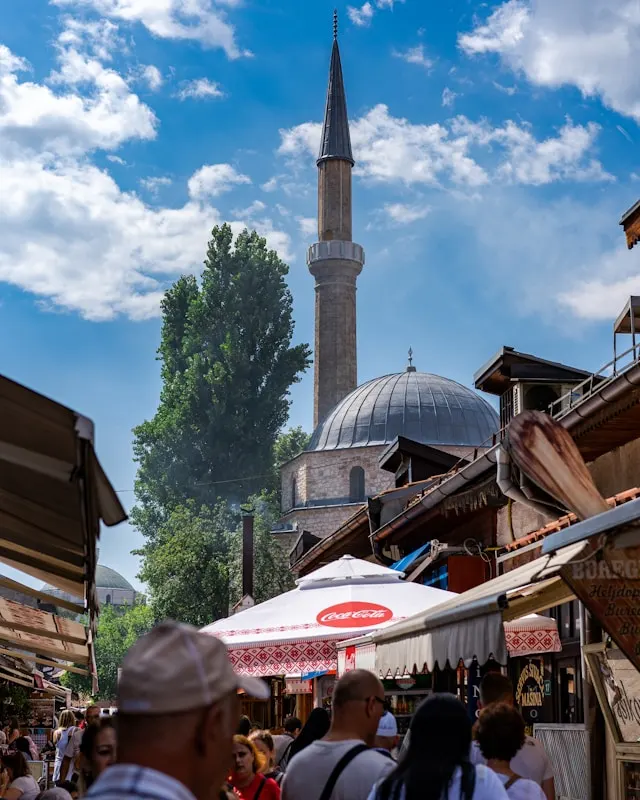
Getting your head around Sarajevo’s eclectic history in one day is nigh on impossible. That’s not to say you shouldn’t try. Embark on a 3-hour walking tour through the cultures which have made Sarajevo, Sarajevo.
Round off your time by reflecting on one of Europe’s most recent conflicts. In the wake of the breakup of Yugoslavia, just 30 years ago, Bosnia was ripped apart by war. Pay a visit to the Siege of Sarajevo Museum, the Museum of Crimes Against Humanity & Genocide or take a tour of the Tunnel of Hope.
This afternoon, set out on the final leg of our Eastern Europe itinerary. Pass through dramatic Perucica forest before crossing the Montenegrin border and winding your way around the majestic Bay of Kotor.

Day 10: Kotor
Our Eastern Europe itinerary draws to a close in one of its most beautiful countries. Montenegro, like Serbia, gained independence in 2006 and ever since, it’s been emerging as the crown of the Balkans. Kotor is the gem in that crown.

Spend the morning exploring its UNESCO-listed old town. Lose yourself in the cobbled passageways, or join a guided tour, visit the Maritime Museum and the quirky Kotor Cats Museum before settling in for a traditional Montenegrin lunch.
Our Montenegro Itinerary is packed with ideas on how to spend your time in Kotor and beyond.
Drawing yourself away from the city won’t be easy, but this afternoon’s excursion is a highlight of this Eastern Europe itinerary. Just along the bay, the sleepy town of Perast is not only beautiful, but home to an unlikely Catholic shrine.

Set on a manmade islet in the bay, said to have been formed by local fisherman laying stones for luck when they set out on voyages, Our Lady of the Rocks is one of Montenegro’s most iconic sights. Take a cruise from Kotor, or make your own way to Perast and hop in a small boat from the quayside.
Share This Article

Traveling soon? Subscribe to The Insight below and get exclusive access to our personalized travel advice community via WhatsApp so you can ask all your burning travel questions.
Looking for the best comprehensive travel insurance? SafetyWing has you covered.
And for your eSIM in every country, there is only one option we recommend: Airalo.
Read more of our best insights from around the world
